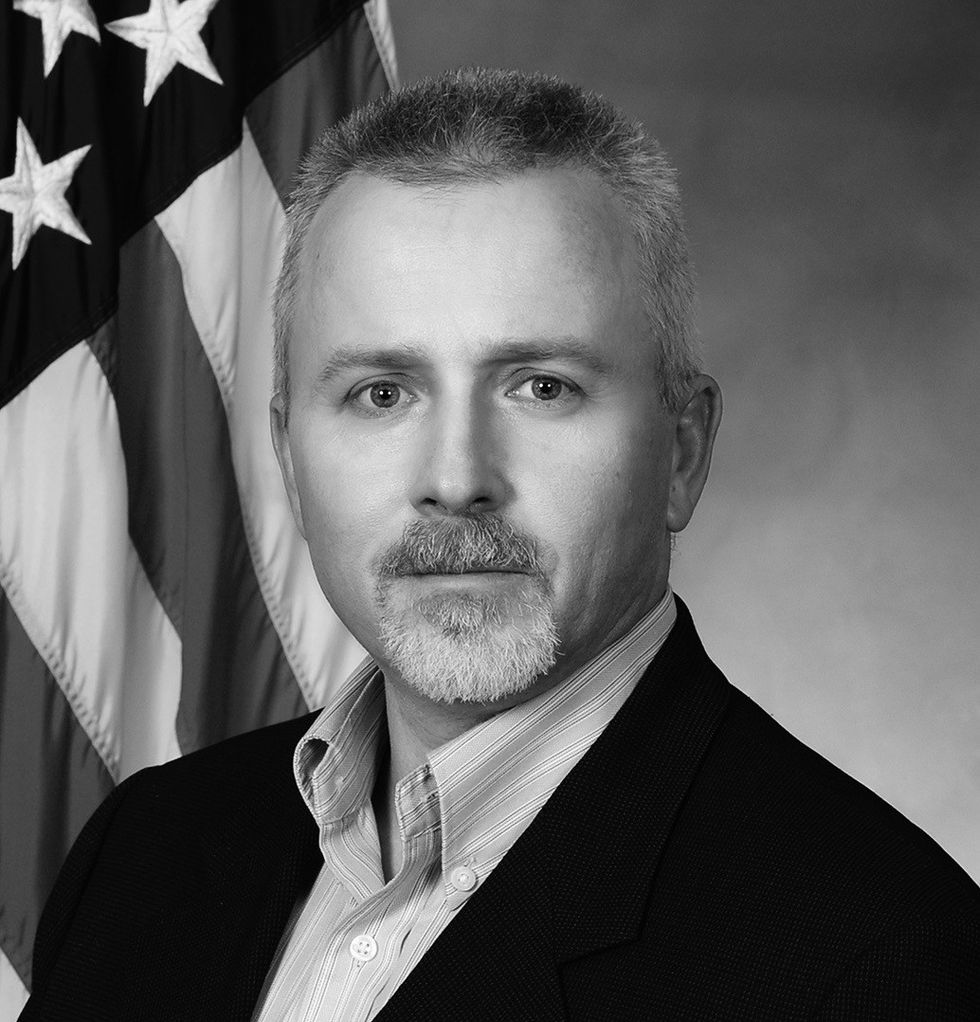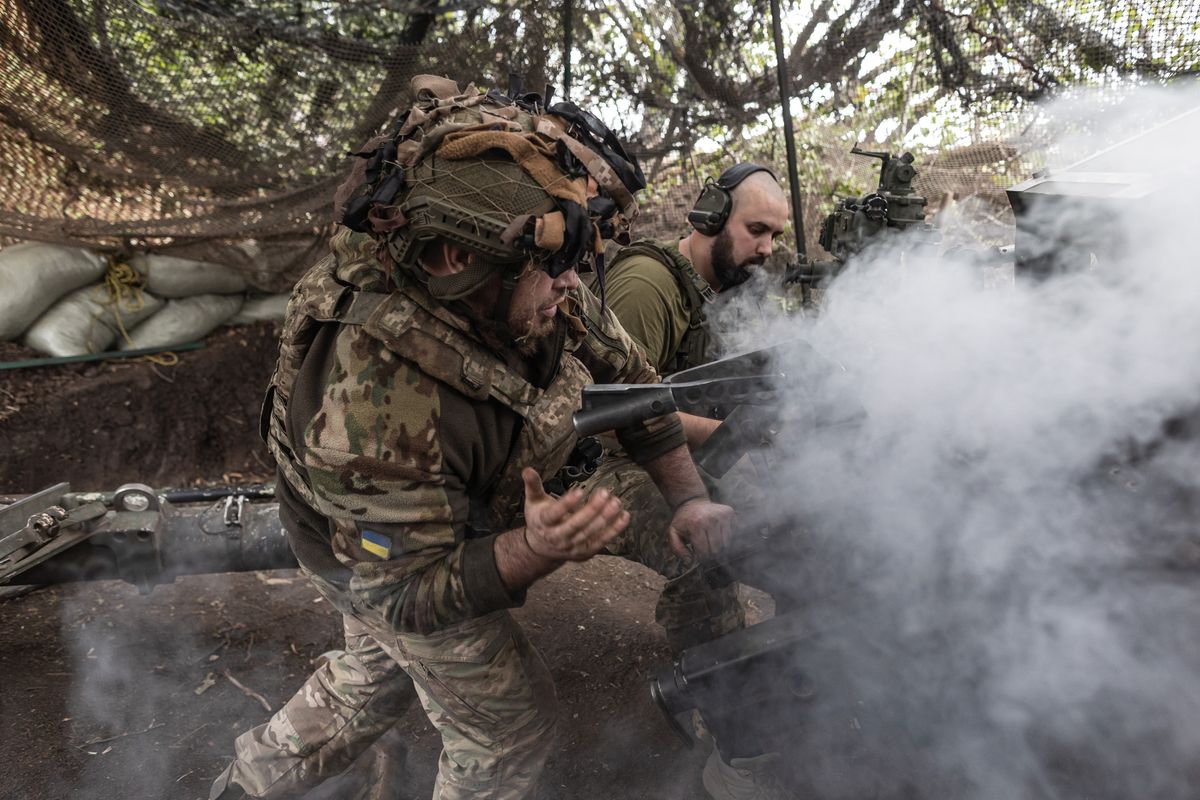Innovation in Government isn’t generally a phrase that rolls off the tongue, but in a relatively unconstrained threat environment, innovation has become synonymous with survival.
A few years ago, the world’s most secretive signals intelligence agency underwent a significant reorganization effort that combined elements of the Agency’s offensive and defensive cyber components. The NSA was looking to realign the organization so they could better integrate with their military component, the Central Security Service (CSS). They also needed to better integrate with their contractor base and all of their partners.
As part of that reorganization, the NSA created the Office of Innovation, which today, is headed by the NSA’s Chief of Innovation, Kevin Keaton.
For an Agency that would rank in the top 10% of Fortune 500 companies in terms of size and budget, it would be difficult to ever shift on a dime. The NSA is not a startup, but Keaton and the Agency’s leadership, knew that it had to think like one.
Kevin Keaton, Chief of Innovation, NSA
"The purpose of the Office of Innovation was to achieve some kind of high-level things, which include enhancing the culture of innovation at NSA, spreading the trade craft of NSA, and to basically empower the workforce so that they can come to the agency with ideas that are not currently being done, and be heard, and there's a process for being able to get them evaluated."
In innovation parlance, which Keaton likes to speak, that means ‘inside innovation’ and ‘outside innovation’ and his office helps a number of the components within the agency perform both of those functions.
Keaton started providing training based on concepts laid out in the best-selling book The Lean Startup: How Today’s Entrepreneurs Use Continuous Innovation to Create Radically Successful Businesses, by Eric Ries. Keaton was encouraging people to not just come to get trained, but to bring their ideas with them to training. He also started asking people to submit ideas to the ‘Ideation Platform’, and then shared those ideas with others across the organization to iterate on at will.
[Ideation: The formation of ideas or concepts]
Kevin Keaton, Chief of Innovation, NSA
“One of the magic activities in a larger organization if you can enhance it, is unintended collaboration. So we try and facilitate it. People talk about the same idea, but they don't know of each other's existence before someone submits their idea for review. So, we have hundreds of ideas that are up on the ideation platform, that everyone across our entire worldwide enterprise can comment on.”
Some of the ideas rise to the level of experimentation, which is where Keaton’s department comes in with funding to allow people to see whether their ideas have legs. His office utilizes a Business Model Canvas that they call a Mission Model Canvas.
[Business Model Canvas: a visual strategic management template, usually in the form of a chart, used for developing new business models, or adapting existing ones to include value propositions, finances and customers.]
Kevin Keaton, Chief of Innovation, NSA
“What we do with ours, is we want you to update that every week based on all the new knowledge you've acquired that week. So what we almost always do is we then say, what was your first canvas? What's your current canvas? If we don't see a significant evolution in your insights, you're probably not doing your homework.”
Keaton also implements the concepts of Steve Blank, the author of The Startup Owner’s Manual: The Step-by-Step Guide for Building a Great Company (which he co-authored with Bob Dorf) and The Four Steps to the Epiphany: Successful Strategies for Products That Win and they work with a concept called I Corps, which was created with Blank by the National Science Foundation, out of an effort to help NSF scientists be more effective in taking their ideas to market.
Kevin Keaton, Chief of Innovation, NSA
“We have a number of folks that take that idea and that ideation platform and run it through the iCorps methodology, and we in the Office of Innovation provide mentoring, coaching, and if there's a systemic barrier inside the agency that's preventing that idea from working, we will help remove that barrier to help that idea get to a level of maturity so that a better or bigger decision could be made.”
One of the teams that the NSA ran through iCorps training called themselves the ‘Unfettered team’. They had identified a problem with cybersecurity, according to Keaton, and they were sent through a 7-week accelerated iCorps program.
Kevin Keaton, Chief of Innovation, NSA
"The Unfettered Team identified a need and created a capability to bring network defenders and threat analysts together. Since then, they have created a platform and a suite of tools that brings together network defenders and threat analysts to create, share, and use complex cyber threat intelligence to enhance their decision making."
And Keaton adds that the punchline to the Unfettered story is that the NSA actually uploaded the tool kit to their website, to share with the public. Thus, overcoming one of the challenges that the NSA has wrestled with for years, how to share more of what they innovate with the private sector.
Kevin Keaton, Chief of Innovation, NSA
"If we come up with something that's very helpful in the cyber defense role, it's almost assumed that that would be of benefit to the rest of the nation. So how can we make those, not only unclassified, but then share them? Share the intellectual property, share the thoughts, share all of it so that everyone else in the nation can use it to make themselves more secure."
Keaton is also a big fan of Blank’s Hacking For Defense program and says that having the opportunity to directly interact with founders of widely-embraced innovative concepts helps his own office take innovation a step beyond concept.
Kevin Keaton, Chief of Innovation, NSA
"There's a level of knowledge of innovation, which you know the terms, you know the ideas, but the practical implementation is where having conversations with people like this are just exceptionally beneficial, because their pattern matching is just broader because they've got a lot more experience in it."
Today, Keaton’s biggest challenge is also the NSA’s biggest challenge: the speed of technology. He sees his role as making sure that on both the signals Intelligence (SIGINT) and cyber defense side, the NSA is in a position to maximize their response to threats.
Kevin Keaton, Chief of Innovation, NSA
"We have any number of things that we have to do to be successful in our missions. The way I characterize it, we have to know things that adversary doesn't think we could know. We need to be able to analyze information and create knowledge from that information that the adversary doesn't think we can. Then we have to do that faster than the adversary thinks we can do it."
Keaton says his team is small and works closely with the broader Intelligence Community and across the executive branch and with industry, allies and academia, which he says is critical to mission success. The consequences of failure are just too high, though Keaton admits that the NSA can do better when it comes to ‘outside in’ innovation.
Kevin Keaton, Chief of Innovation, NSA
"We need to do a better job sharing the kinds of problems that we're looking for an outside perspective on. We're working on that internally, how to best do that in a way that doesn't expose some national security risk and doesn't create a secondary effect that we can't manage."
And how does Keaton address complaints from private sector partners that the NSA isn’t more ‘agile’? Part of the answer lies in the Constitution, says Keaton.
Kevin Keaton, Chief of Innovation, NSA
“Private companies can do whatever is legal. But a government, can only do what it is specifically authorized to do. That's a very different constraint than most people on the outside understand. Because if you don't live under that constraint set, you don't understand it.”













